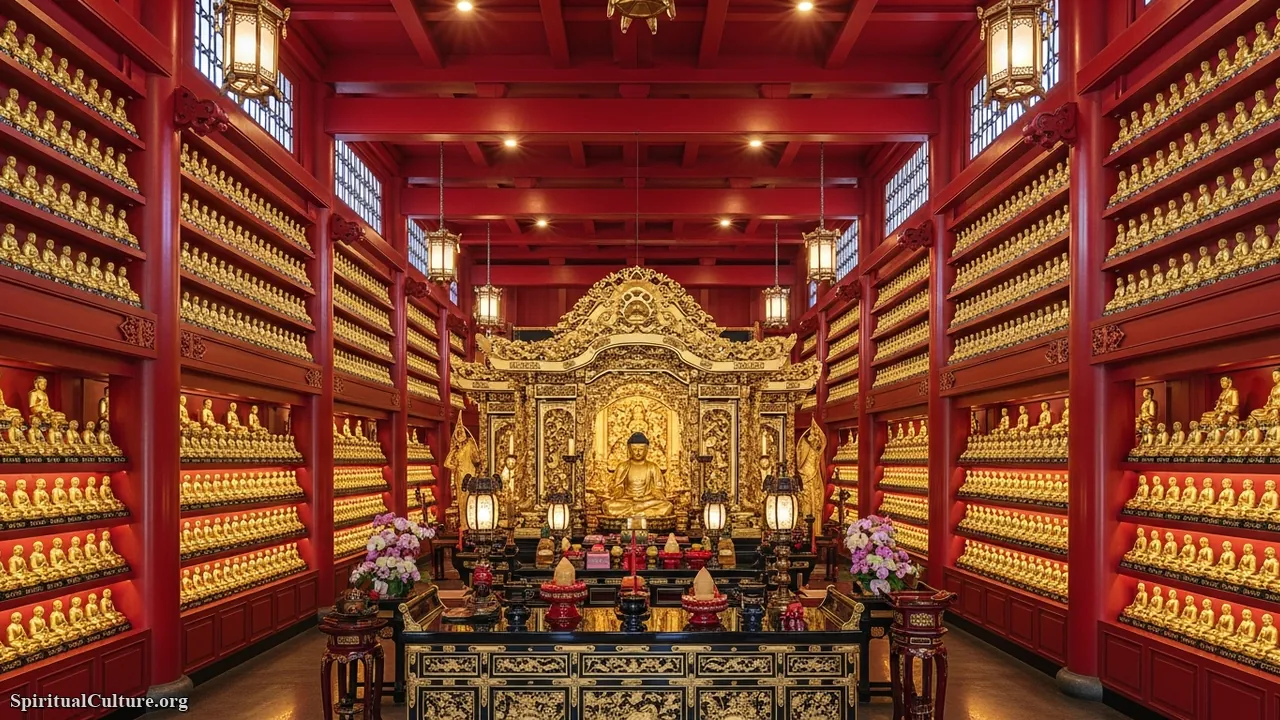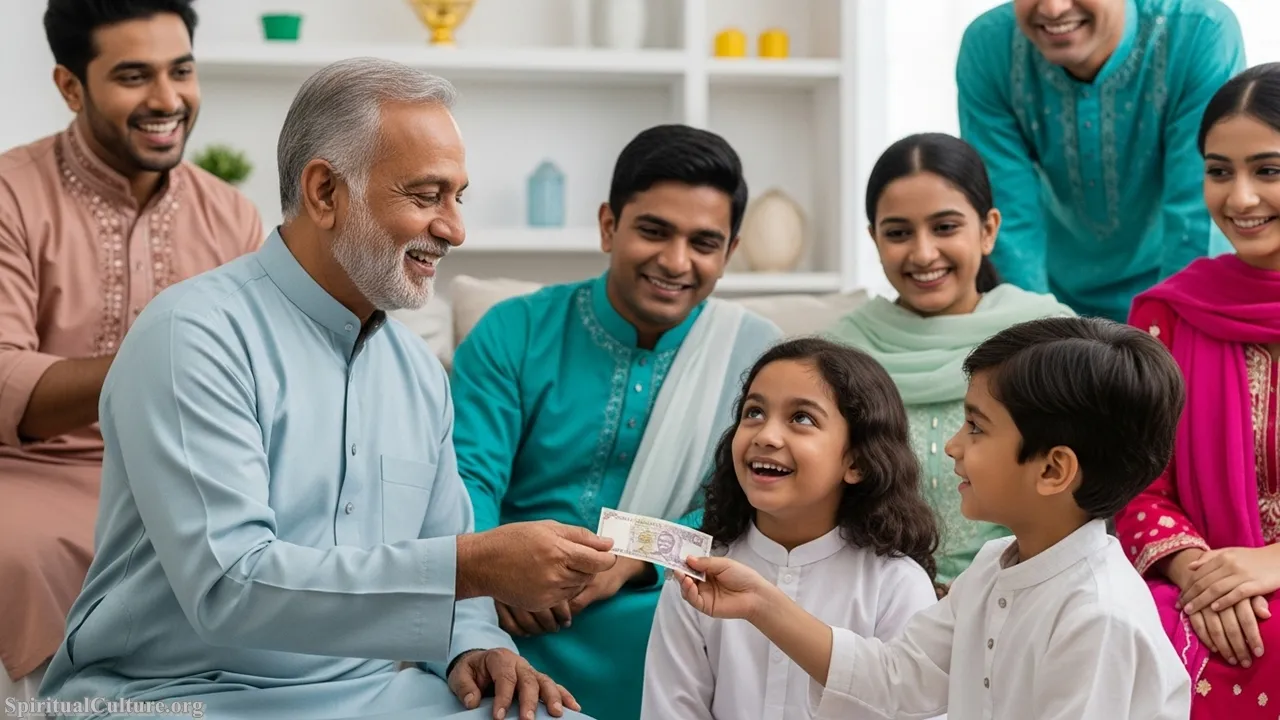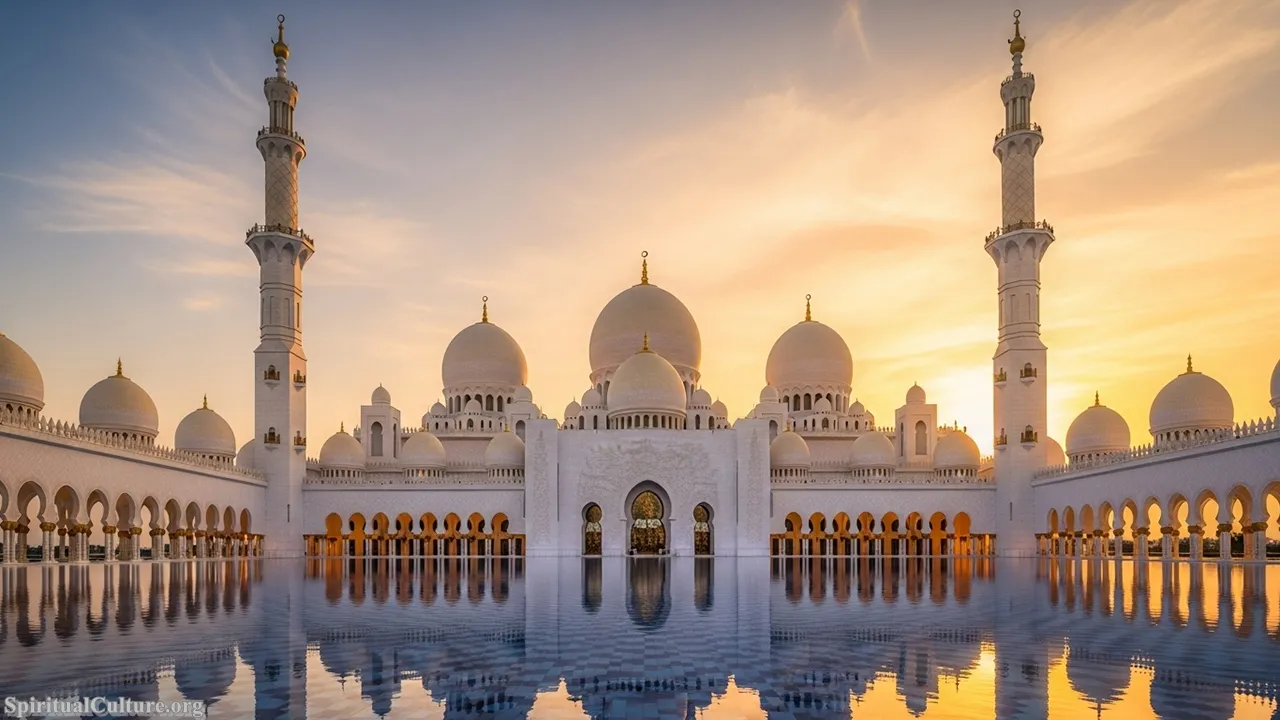Across time, cultures, and beliefs, art and literature have served not only as reflections of faith, but as bridges between them. While doctrines may divide and dogmas may clash, the human soul recognizes beauty, story, and symbolism — and in these, we often find a common language.
Spiritual Culture invites you into a world where brushstrokes and verses, sculpture and song, have become vessels of sacred dialogue. In this article, we’ll explore how interfaith dialogue flourishes through creative expression, revealing our shared longing for the divine, our struggles with meaning, and our hope for unity. Through paintings and poetry, novels and films, we uncover the sacred spaces where religions converse — not to convert, but to understand.
The Power of the Imagination in Faith Dialogue
Art as the Universal Language of the Soul
Long before debates and councils, before scriptures were printed or translated, it was the image, the story, and the song that carried faith across borders. Art speaks where language falters. A Hindu mandala, a Christian icon, a Quranic calligraphy, or a Zen rock garden — each tells a sacred story without demanding translation.
Visual Language Beyond Boundaries
When a viewer from one tradition gazes upon the sacred art of another, something extraordinary happens. There is an inner pause — a quiet recognition that this, too, is holy. Interfaith dialogue through art begins not with arguments, but with attention.
- A Buddhist thangka can evoke stillness in a Sufi.
- A Jewish menorah etched in stone can stir awe in a Christian artist.
- A Muslim geometric motif can speak deeply to a Hindu about divine order.
In this way, art becomes a shared sacred space, not to erase difference, but to hold it tenderly in wonder.
Literature: Stories That Carry Many Truths
Stories transcend religious categories. In fiction and poetry, a Jewish rabbi can meet a Hindu mystic, a Christian pilgrim can walk beside a Buddhist monk. Literature allows the soul of a tradition to unfold, not in declarations, but in characters, questions, and journeys.
Parables, Poetry, and the Interfaith Imagination
- Rumi’s Sufi poems are read and loved by Christians, Buddhists, Jews, and atheists alike.
- Herman Hesse’s “Siddhartha” introduces Buddhist themes to Western seekers through lyrical prose.
- “The Prophet” by Khalil Gibran, though born of a Maronite Christian, is embraced as spiritual wisdom across all traditions.
Such works are not diluted faith but distilled spirit — truth in metaphor, mystery, and human experience. They invite readers not to switch religions, but to see the human longing beneath them all.
Sacred Symbolism: When One Image Speaks to Many
The Cross, the Crescent, the Lotus, the Flame
Symbols are the essence of mystery — compact, powerful, and open to multiple layers of meaning. When viewed with reverence, a symbol from another tradition can awaken unexpected resonance.
Shared Themes in Symbolic Language
- The Cross: To Christians, it’s sacrifice and redemption. But to others, it may evoke the union of heaven and earth, the intersection of the vertical (divine) and the horizontal (human).
- The Lotus: In Buddhism and Hinduism, it rises unstained from muddy waters — a metaphor not unlike the Christian notion of grace or the Jewish idea of teshuvah (return).
- Fire: In Zoroastrianism, fire is sacred light. In Hindu puja, it is offering. In Christianity, the Spirit comes as flame at Pentecost.
Through interfaith art, these symbols don’t lose their meaning — they gain a second life as points of encounter and empathy.
Contemporary Movements: Artists and Writers Building Interfaith Bridges
Artists Who Paint Across Doctrinal Borders
Modern creators are increasingly using their work to foster understanding among faiths.
- Anish Kapoor, a British-Indian artist of Jewish and Hindu background, uses abstract forms to evoke the ineffable — touching on mystical traditions from multiple religions.
- Makoto Fujimura, a Christian painter influenced by Japanese nihonga techniques, blends theology with Asian aesthetics in works that resonate with both East and West.
- Shirin Neshat, an Iranian visual artist, addresses gender and Islam with powerful imagery that invites both critique and reverence.
Their works don’t explain religions — they explore the human spirit through sacred nuance.
Writers Creating Interfaith Narratives
In literature, interfaith friendships, questions, and even tensions are increasingly explored in fiction and memoir:
- “The Faith Club” by Ranya Idliby, Suzanne Oliver, and Priscilla Warner — a conversation between a Muslim, a Christian, and a Jew — invites readers into the vulnerable beauty of disagreement-with-love.
- Elif Shafak’s novels, such as The Forty Rules of Love, interweave Islamic mysticism with modern spiritual searching, crossing boundaries of time and creed.
Such works open hearts as much as they open minds.
Sacred Texts Through Shared Reading and Creative Response
Reading Scripture Together, Creatively
Interfaith dialogue has often feared the differences in sacred texts. But when approached with humility, curiosity, and creativity, these texts become sources of mutual reverence.
Art Inspired by Shared Themes
- Creation: Genesis, the Quran, and the Vedas all speak of divine origin. Artists across traditions have painted birth-from-chaos themes that echo each other.
- Compassion: From Jesus’ parable of the Good Samaritan to the Buddha’s teachings on loving-kindness, to the Quran’s “Rahma” (mercy) — visual and literary works have celebrated these virtues across faiths.
By responding artistically to scripture — rather than debating it — dialogue takes a gentler, more fruitful path.
When Silence and Beauty Speak Louder Than Debate
The Aesthetic Experience as Sacred Encounter
Art doesn’t argue. It invites. It draws the viewer inward. It leaves room for mystery, ambiguity, and awe. And sometimes, this is exactly what dialogue needs.
When believers gather around an exhibition, a mural, or a theatrical performance that touches the spiritual in each — they enter a kind of liturgical experience without dogma.
As philosopher Paul Tillich once said, “The encounter with beauty is the encounter with the divine.” Interfaith art offers such encounters — where one’s faith deepens not by defending it, but by witnessing the divine in another’s gaze.
What This Means for You
Whether you’re a believer, a skeptic, or somewhere in between — you are part of the human story that longs for meaning, for transcendence, and for connection.
Art and literature, when approached with openness, can become sacred paths of empathy. They show us not just what another religion says, but how it feels. They remind us that even across boundaries of belief, we are all human — creating, searching, and hoping.
Spiritual Culture invites you:
- Visit a gallery of sacred art from a tradition not your own.
- Read a novel that explores faith unfamiliar to you.
- Write a poem inspired by a parable from another scripture.
- Let beauty teach you to listen — not to answer, but to understand.
In a world often divided by what we believe, let us also be united by how we express the sacred. Let the brushstroke and the story become bridges. Let them be altars of peace.
And may every act of creativity be, in some small way, a prayer for unity.
If you’d like to explore more interfaith journeys through creativity, stay connected with Spiritual Culture — where art, faith, and dialogue meet in sacred conversation.





